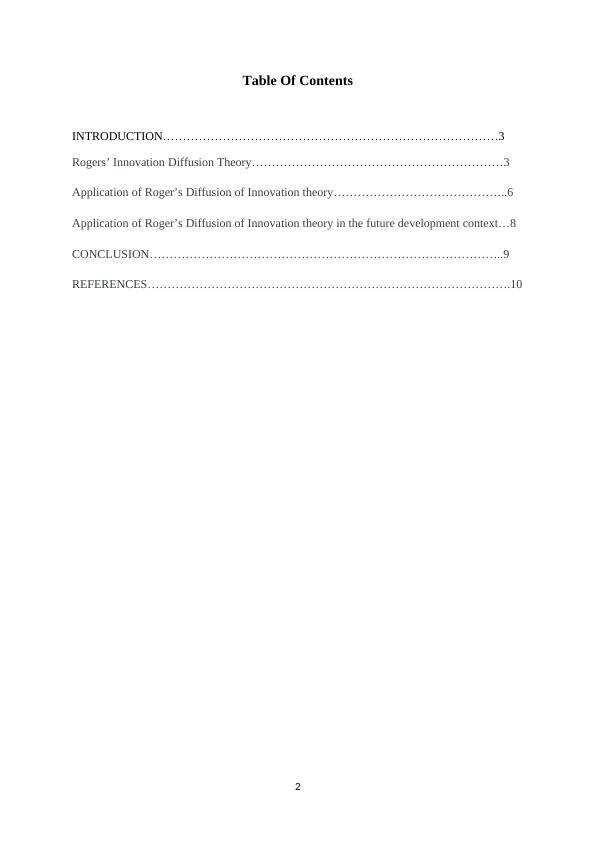Managing Innovation: Rogers' Diffusion of Innovation Theory
Write a report describing an innovation theory, applying it to the historical development and future development of a chosen organization's products/services.
11 Pages3845 Words274 Views
Added on 2022-11-25
About This Document
This article discusses the concept of managing innovation and explores Rogers' Diffusion of Innovation theory. It analyzes the application of this theory in the context of Lime, a transportation company. The article also discusses Lime's future development plans and the role of business models in innovation.
Managing Innovation: Rogers' Diffusion of Innovation Theory
Write a report describing an innovation theory, applying it to the historical development and future development of a chosen organization's products/services.
Added on 2022-11-25
ShareRelated Documents
End of preview
Want to access all the pages? Upload your documents or become a member.
Managing Innovation Theory
|14
|3772
|402
Relevancy of Roger’s Innovation Adoption Model
|5
|1092
|342
Theories of Innovation - PDF
|10
|3429
|2835
Innovation Decision Process and Internal Analysis of Fisher & Paykel Ltd.
|20
|4555
|39
Managing Innovation: Description and Application of Innovation Theory
|12
|4057
|60
Managing Innovation Assessment
|12
|3834
|173




